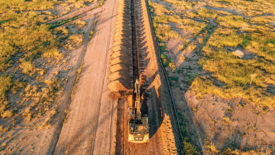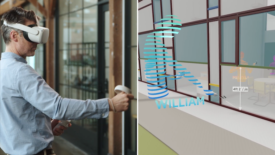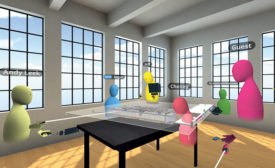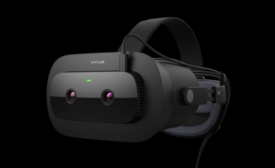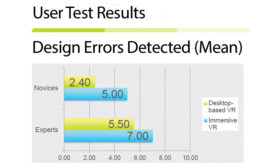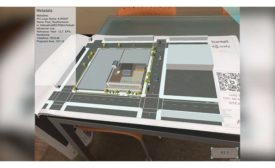Home » Keywords: » Virtual Reality
Items Tagged with 'Virtual Reality'
ARTICLES
Technology First Read
A properly designed VR training program can scale up your workforce with labor at a premium
Read More
Technology
Autodesk Goes Into the Wild With Latest Acquisition
Terms were not disclosed, but Autodesk promises tighter workflow integration of The Wild's tools
Read More
Technology
Virtual Reality Mock-Ups Let Va. Hospital Project Team Approve Remotely
With travel canceled by COVID-19, project team, stakeholders collaborated via VR headset
Read More
Construction Accidents
Virtual Fall-Protection App Debuts
The app lets a user wearing a headset walk on a virtual building roof
Read More
The latest news and information
#1 Source for Construction News, Data, Rankings, Analysis, and Commentary
JOIN ENR UNLIMITEDCopyright ©2025. All Rights Reserved BNP Media.
Design, CMS, Hosting & Web Development :: ePublishing

